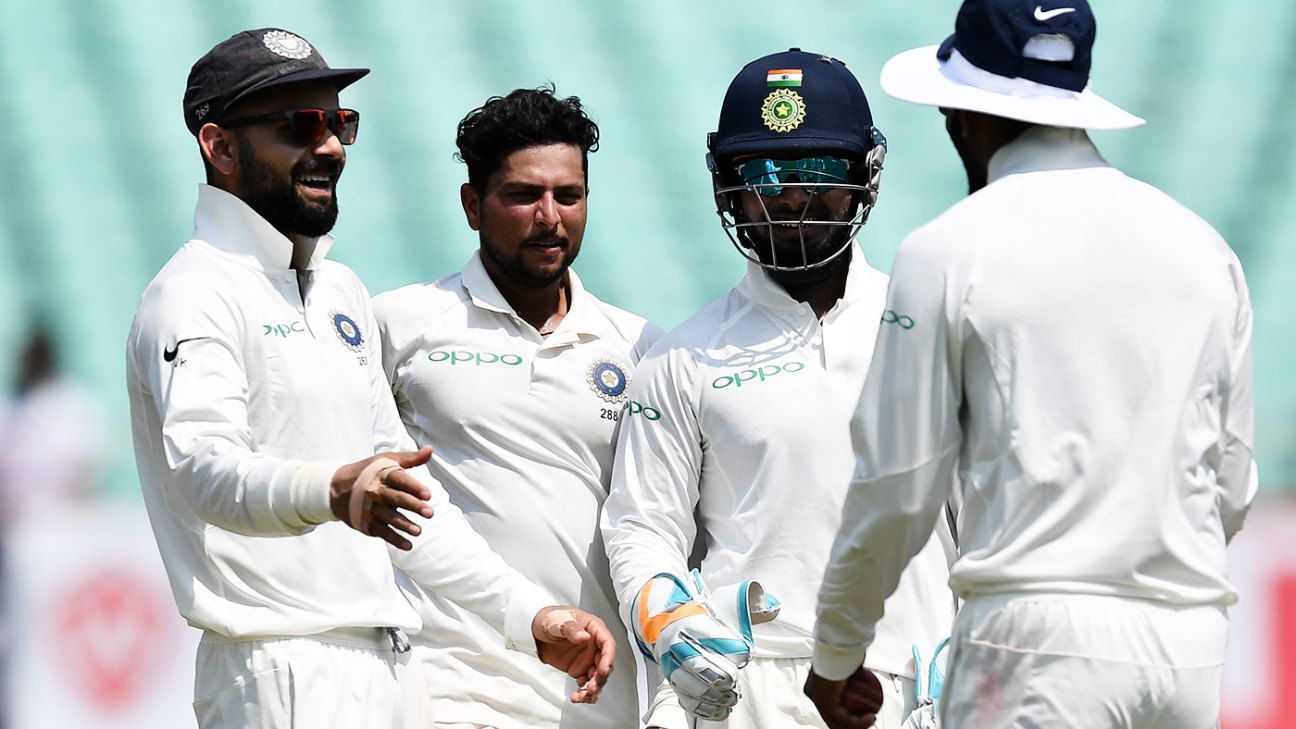India begin their only tour game before the Test series in Australia on Wednesday, but they do so in a manner similar to the one in England despite efforts to do it otherwise. They will play a non-first-class fixture against a weak side in a game that might not see more than three days’ play.
In England, India had asked their only four-day match to be reduced to three days, a game in which every player of the squad played, ridding it of its competitive nature. In Australia, the BCCI seemed to have pulled off a modern coup of sorts, getting a tour game at a venue that will be hosting a Test later, the Sydney Cricket Ground. A further breakthrough was made when they got Cricket Australia to accommodate a late request to turn the three-day fixture into a four-day one, raising the possibility that India might buck the trend and play a proper first-class game.
A day before the match, though, India announced this would not be a first-class fixture. That means everybody in the squad will get to bat and bowl with only 11 on the field at a given time. To choose between such a game and a proper first-class fixture has of late been the dilemma with tours – especially India’s – having time only for one warm-up match before the series begins.
One school of thought is to decide your best XI in advance, and go hard to win a competitive match. Former Australia captain Ian Chappell, among others, is a fan of this approach. He wrote for ESPNcricinfo last weekend: “Many sides touring Australia have failed to observe the rule that should be etched on their boarding pass: try to win every game, especially those leading up to the first Test. The last touring side that obeyed that principle was Andrew Strauss’ England side in 2010-11. Their enterprise in the warm-up matches was an influencing factor in an eventual 3-1 Test series victory.”
However, it is understandable that when you have only one game, you want to give some time in the middle to every batsman and bowler before you zero in on your best XI for the Test. India can’t be assessed harshly for taking this route.
It is possible the wretched forecast for Sydney had some influence on this call. The first day of this match is expected to receive plenty of rain, and the second is not clear either. So if you are likely to get only three days of play, does it make sense to play it as a four-day competitive fixture?
India captain Virat Kohli’s main grouse with warm-up fixtures is likely to stay. Even in England, he defended his decision to not play competitive tour games by saying it was rare to get an opposition that prepares you for a Test match. “A lot of people talk about tour games but where are those tour games happening and against what quality of bowling are very important questions to be asked,” Kohli had told Sky TV in England. “Because if you don’t get the preparation you need before a Test series, then it is actually not utilised well. Time is not utilised well if you don’t get the quality of opposition that you will face in Test cricket.”
India’s opposition in this SCG match is a CA XI side, with only eight of those players having played first-class cricket. D’Arcy Short is the only one with international experience, but he is seen as a T20 specialist. Most of the players in Australia are busy playing the concurrent round of Shield cricket.
From whatever time India get in the middle, they will look to sort out their best combination. They have to decide between the three openers on tour – M Vijay, KL Rahul and Prithvi Shaw – and also need to decide whether they want an extra batsman or a spin-bowling allrounder in Hardik Pandya’s absence. If India do play an extra batsman, they have to pick between Rohit Sharma and Hanuma Vihari. R Ashwin should start as the leading spinner, but Kuldeep Yadav’s wristspin will always be part of the conversation.
CA XI: Sam Whiteman (capt), Max Bryant, Jake Carder, Jackson Coleman, Harry Conway, Daniel Fallins, David Grant, Aaron Hardie, Jonathan Merlo, Harry Nielsen (wk), D’Arcy Short, Param Uppal
